For home education news and stories plus updates on the latest Bitesize content, register for our newsletter today.

How did we decide the education options for our child with ADHD and autism?
Sarah Barker is the mother of eight-year-old Rowan who has autism and ADHD. In his short school life Rowan has already been on quite an educational journey: mainstream, home education and special schooling.
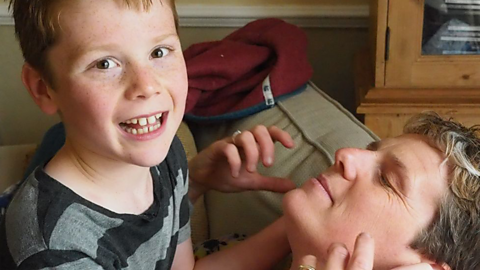
In this article Sarah shares practical advice for home educating a child with autism.
The article was first published in October 2019.
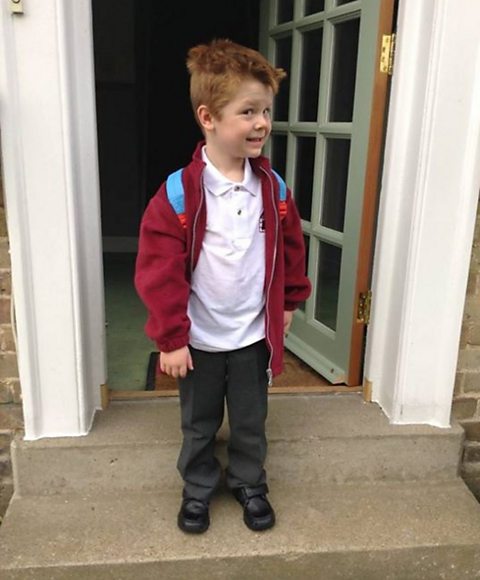
Why did we initially chose a mainstream primary school?
We chose mainstream as we were keen for Rowan to go to his local school, make friends in the village and be part of his local community. He was aged four which allowed us to apply for his early on. We felt that his needs could be met with appropriate support, as set out in his EHCP. With this plan in place, and with one-to-one support agreed, he began his school life at a mainstream primary in our village.
His first three years at school went well overall, with some ups and downs. He made some lovely friends and took an active part in school life â assemblies, Christmas plays, sports days and discos. However, he often found it challenging to cope with the noise and stimulus of the classroom, and was spending an increasing amount of time working elsewhere with his . His academic attainment started to fall some way behind his peers, but our main focus was that he was happy and making progress towards his individual goals.
We had been warned that the transition into Key Stage 2 or âJuniorsâ (at age eight) is often challenging for children with special educational needs, so we did start to worry about how he would cope. The curriculum is much more formal and the pace of learning faster, on top of dealing with all the usual changes at the start of a new school year, like a new teacher and new classroom.

What was our journey into home education?
By October half term in Year 3, Rowanâs mental health had deteriorated rapidly, his anxiety levels were through the roof and he was literally fighting to get out of the school building. After a short period of sickness absence, we attempted to reintroduce him to school on a part-time timetable, but it soon became obvious that it wasnât going to work.
Neither we, nor the school, had really anticipated the difficulties he would experience going into Key Stage 2. Rowanâs situation had clearly changed, and so an emergency annual review was called. At that stage, my husband and I decided we had to take drastic action â take Rowan out of school, and educate him at home until we found another school that could support him. And so from this point on he stayed at home.
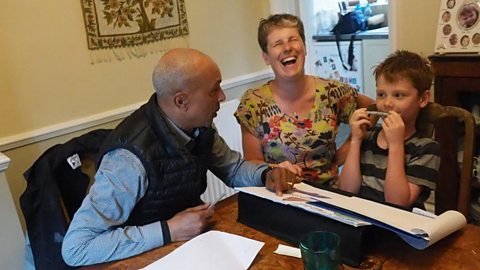
What did temporarily educating our son at home involve?
We did some research, spoke to friends who had some knowledge of the system, and quickly determined that even if he was to be temporarily educated at home, he should still remain on the school roll. This meant that the school and local authority would still be legally responsible for his education but we could help choose his next options. If we had deregistered him, we would not have received any support from the local authority. By keeping him on the roll, the school was also responsible for coordinating the emergency EHCP review. Had he stayed at the school, we felt there was a strong chance he would have been excluded.
We enlisted the support of our local GP, who provided us with a medical certificate - this was important because such a long period of sick leave might have been classed as unauthorised absence and we could have fallen foul of the law. He was off school on medical grounds from November 2018.
I went online and found out about the local authorityâs Education Access service for children who canât attend school because of illness or other reasons, including school refusal. The service meant Rowan could receive free support from a home tutor, so his school made the necessary referral to the local authority. While we waited, we were able to be flexible about when we taught Rowan, as home schooling doesnât have to conform to school hours. We were also fortunate that our parents were able to provide childcare for Rowan, whilst my husband and I both worked.
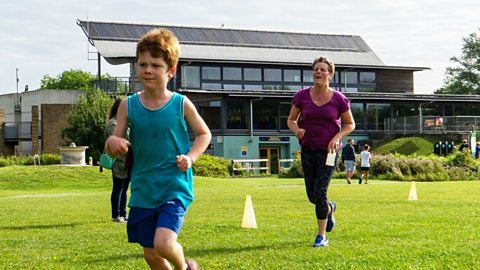
How did we make the most of home education?
After a two-month wait for a home tutor to be assigned to us, we were introduced to our amazing home tutor, Ray, in January 2019. Ray visited us every day for two hours and kept Rowan busy with reading, writing and maths. He was also a qualified sports coach and supported Rowanâs sensory needs with lots of physical activities. We set up a suitable space for learning and gathered the resources that he and Ray might need.
Opting for home education gave Rowan the time and space he needed to overcome his anxiety and regain his confidence. He clearly felt more secure in his own home than at school and was surrounded by those he trusted the most. It allowed us to take things one day at a time and adapt flexibly to his changing needs. We developed our own coping strategies including setting up a sensory corner in his bedroom, spending lots of time outdoors, focusing on what interested him â things that werenât really feasible in a mainstream school. The home tuition worked well and provided some much-needed structure and routine.
Rowan also needed to socialise with other children, so he started going to a dance class, did Parkrun every week and went to play sessions at a local centre for children with additional needs. It would have been very easy to become isolated in our situation, so we got out of the house and met up with friends as often as we could. There is a very active home education community in our area and lots of Facebook groups where âhome edâ parents support one another and organise activities, so we got involved in those too.
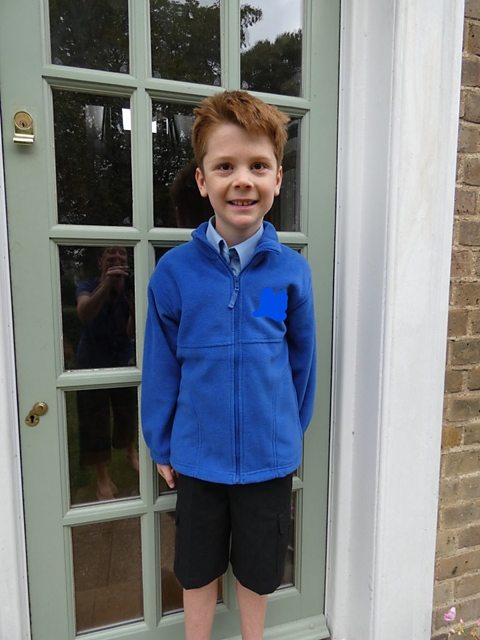
What were the next steps to a special school and what did we learn along the way?
While the home schooling was going well, it was only ever intended as a temporary solution and we still wanted to get Rowanâs school place for the next school year sorted out. We visited seven different schools in all, and knew straight away when we had found the right place for Rowan â a special school around half an hourâs journey from us. Eventually, the local authority allocated him a place at our chosen school for September 2019.
As we all know, hindsight is a wonderful thing. I didnât realise that we would wait almost a year for a place at a special school. If we could wind the clock back, we would have put the wheels in motion for a change of school at Rowanâs Year 2 EHCP annual review. I would advise other parents to have a very honest dialogue with the school about how their child will be supported in Key Stage 2 (Junior School) â will they realistically be able to cope?
±«Óătv education (albeit temporary) definitely worked for us and Rowanâs life was completely turned around within a few months. Having him at home allowed us to develop an even closer bond with our son, and we learned to see the world from his point of view. We were able to tailor his learning to his individual needs and interests, and he has taught himself new skills (heâs now a whizz at video editing). Rowan is settling in well at his new school and our amazing boy now has a chance to flourish even more.

Where can I find more support for autism, home education and parenting?
The has lots of practical advice and emotional support to help autistic children and adults in the UK.
If your child has special educational needs and / or disabilities, be sure to check out the Parentsâ Toolkit SEND collection which features schooling tips for parents of autistic children and one parentâs decision to move their child with SEND to a specialist school plus lots more.
Bitesize Parentsâ Toolkit is the go-to place for the whole parenting community to find stories, expert advice and fun activities.
The ±«Óătv Bitesize home education collection is designed to support you and your childâs learning at home with free resources for early years and foundation stage (EYFS), primary and secondary-age students.
Do you know someone who has recently started school or will be beginning soon?
Take a look at the ±«Óătv Bitesize starting primary school page which has lots of advice to prepare children for different aspects of school life, both practical and emotional.